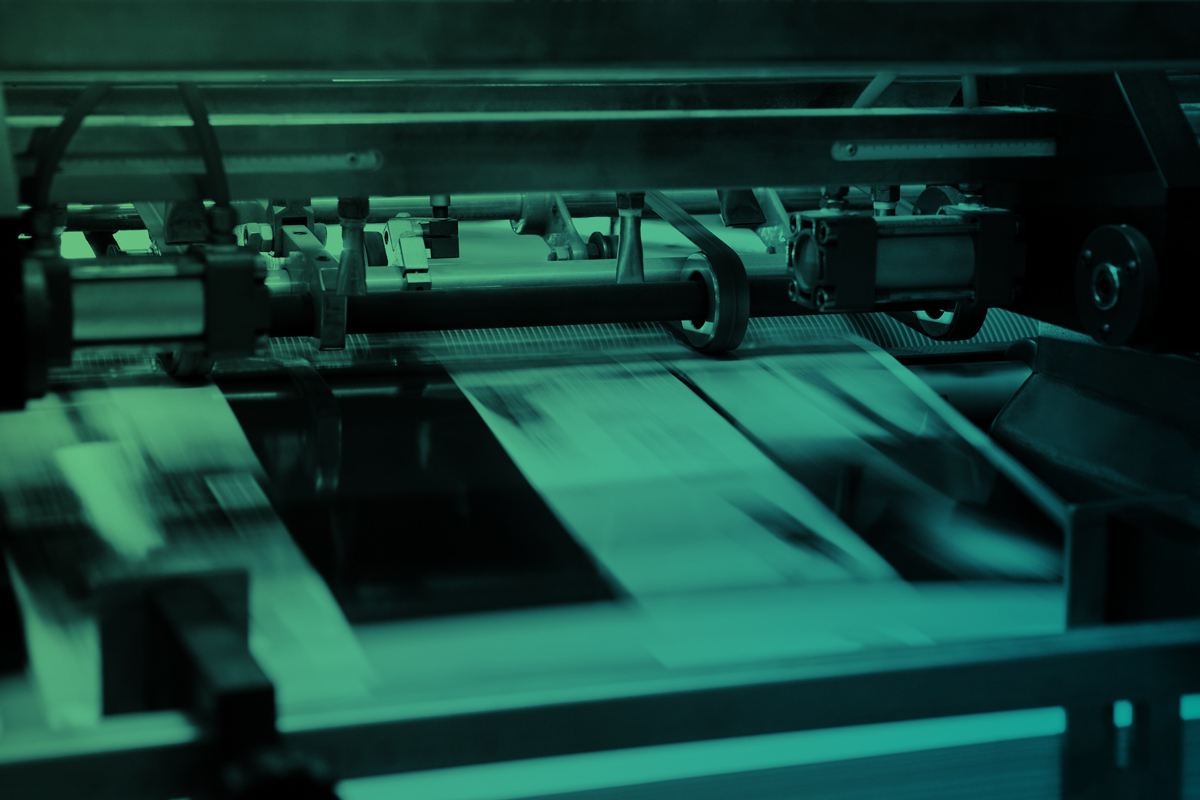In the quest for a more eco-friendly world, businesses and individuals alike are turning their attention to sustainable ink technologies. These innovations are not only revolutionizing the printing industry but also paving the way for a greener and more sustainable future. As environmental concerns grow, the demand for sustainable ink technologies is on the rise, making it crucial for everyone to understand these advancements and their impact.
The concept of sustainability in the printing industry is gaining momentum as more companies seek to reduce their carbon footprint. The adoption of sustainable ink technologies is a vital step in this direction, offering both environmental and economic benefits. This article delves into the various aspects of these technologies, highlighting their significance and potential.

Understanding Sustainable Ink Technologies
Sustainable ink technologies refer to inks that are designed to minimize environmental impact. These inks are formulated using renewable resources and eco-friendly processes, reducing the reliance on harmful chemicals and non-renewable resources. The goal is to create inks that are biodegradable, non-toxic, and capable of producing high-quality prints without compromising the environment.
The Importance of Eco-Friendly Printing
Eco-friendly printing is essential for businesses aiming to meet sustainability goals and reduce their environmental impact. By adopting sustainable ink technologies, companies can contribute to environmental conservation while enhancing their brand image. This approach is not only beneficial for the planet but also appeals to eco-conscious consumers.
Key Components of Sustainable Inks
Sustainable inks comprise several key components that set them apart from traditional inks. These include:
- Bio-based Solvents: Derived from renewable resources, these solvents replace petroleum-based solvents, significantly reducing emissions.
- Natural Pigments: Extracted from plants, minerals, and other natural sources, these pigments offer vibrant colors while minimizing toxicity.
- Water-Based Formulations: Reducing the need for volatile organic compounds (VOCs), water-based inks are safer for both the environment and human health.
Advantages of Sustainable Ink Technologies
The adoption of sustainable ink technologies offers numerous advantages:
- Reduced Environmental Impact: By using renewable resources and eco-friendly processes, these inks help decrease pollution and conserve natural resources.
- Health and Safety Benefits: Non-toxic formulations protect workers and consumers from harmful chemicals.
- Enhanced Print Quality: Sustainable inks deliver high-quality prints with vibrant colors and sharp details.
- Cost Efficiency: Over time, the use of sustainable inks can lead to cost savings through reduced waste and improved efficiency.
Challenges in Implementing Sustainable Ink Technologies
Despite their benefits, the implementation of sustainable ink technologies faces several challenges:
- Cost of Development: Research and development of new formulations can be expensive, posing a barrier for small businesses.
- Limited Availability: Not all regions have access to sustainable ink solutions, limiting their widespread adoption.
- Compatibility Issues: Some sustainable inks may not be compatible with existing printing equipment, requiring additional investments.
Innovative Approaches in Sustainable Ink Development
Several innovative approaches are being explored to enhance sustainable ink technologies:
- Algae-Based Inks: Utilizing algae as a renewable resource for ink production, offering a sustainable alternative to petroleum-based inks.
- Recycled Material Inks: Incorporating recycled materials into ink formulations to reduce waste and promote circular economy principles.
- Nanotechnology: Leveraging nanotechnology to improve ink performance while minimizing environmental impact.
The Role of Technology in Advancing Sustainable Inks
Technology plays a critical role in advancing sustainable ink solutions. Innovations in material science, chemistry, and manufacturing processes are driving the development of more effective and eco-friendly inks. Collaboration between researchers, industry experts, and businesses is essential to accelerate these advancements.
Partnerships and Collaborations for a Sustainable Future
Partnerships between ink manufacturers, printing companies, and environmental organizations are crucial for promoting sustainable ink technologies. Collaborative efforts can lead to the development of industry standards, increased awareness, and the creation of a sustainable printing ecosystem.
Case Studies: Successful Implementation of Sustainable Inks
Several companies have successfully implemented sustainable ink technologies, demonstrating their feasibility and benefits. For instance, [FullColorPrintingFirm](https://fullcolorprintingfirm.com/green-printing-certifications/) has adopted green printing certifications, showcasing their commitment to sustainability.
The Future of Sustainable Ink Technologies
The future of sustainable ink technologies looks promising, with ongoing research and development paving the way for more innovative solutions. As consumer demand for eco-friendly products continues to grow, businesses are likely to increase their investment in sustainable ink technologies.
Consumer Awareness and Demand
Consumer awareness of environmental issues is driving demand for sustainable products, including eco-friendly printing solutions. Businesses that align with these values are likely to gain a competitive edge in the market.
For more insights on sustainable printing practices, visit [MarcoNet](https://www.marconet.com/blog/10-tips-for-sustainable-printing) for tips on sustainable printing.
Conclusion
In conclusion, sustainable ink technologies represent a significant step towards a more sustainable future. By embracing these innovations, businesses can reduce their environmental impact, enhance brand reputation, and meet the growing demand for eco-friendly products. As the industry continues to evolve, collaboration and innovation will be key to unlocking the full potential of sustainable ink technologies.

FAQ
What are sustainable ink technologies?
Sustainable ink technologies refer to inks formulated using eco-friendly processes and renewable resources, designed to reduce environmental impact.
Why are sustainable inks important?
Sustainable inks are important because they help reduce pollution, conserve natural resources, and offer health and safety benefits for workers and consumers.
How can businesses implement sustainable ink technologies?
Businesses can implement sustainable ink technologies by collaborating with suppliers, investing in research and development, and adopting eco-friendly printing practices.
This article contains affiliate links. We may earn a commission at no extra cost to you.







